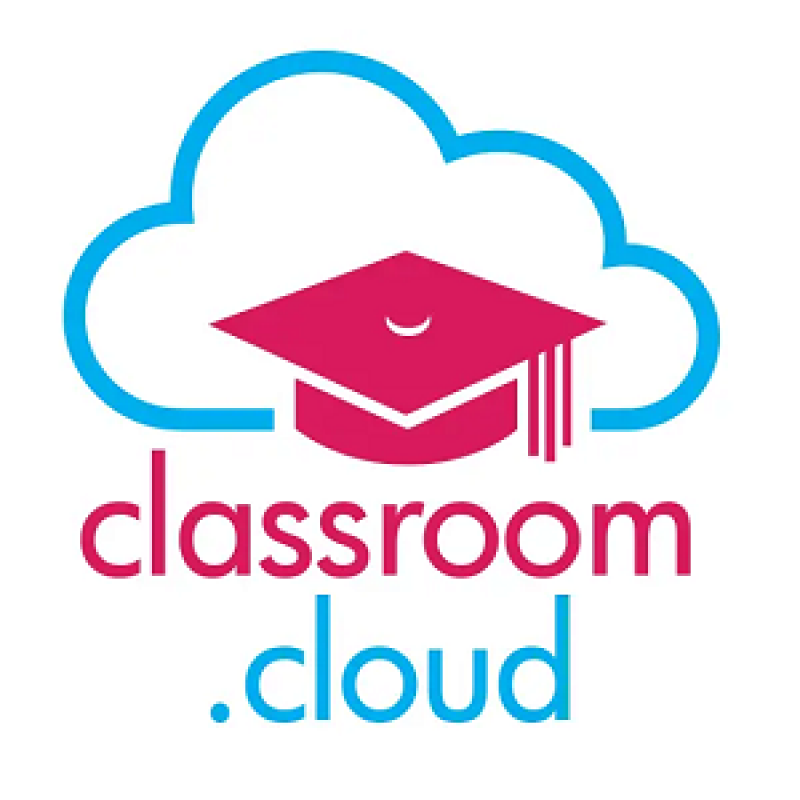
classroom.cloud
classroom.cloud is a cloud-based teaching and management platform, providing the essential tools for classroom and home-based teaching and learning.
Teachers can easily connect to their students’ devices and view their screens to monitor activity such as the current applications they’re using or websites they’re visiting. They can easily explain and demonstrate lesson activities using the screen-sharing and audio broadcast features - plus, give every student a voice with chat and messaging tools.
In addition, teachers can also define ‘allowed’ and ‘restricted’ lists of websites and applications to keep everyone safe, lock students’ screens to gain attention, gauge topic understanding with surveys, and support students when they ask for help via the help request tool.
With no swapping between solutions required for in-school and/or remote learning, it’s a simple and effective way to provide continuity for students and reduce edtech fatigue for teachers.
The pedagogical analysis covers how the product supports learning of the identified skills. The student’s role is assessed by four contrary pair parameters, which are selected to cover the most essential aspects on the use of the product.
The following are the high educational quality aspects in this product.
The supported learning goals are identified by matching the product with several relevant curricula descriptions on this subject area. The soft skills are definitions of learning goals most relevant for the 21st century. They are formed by taking a reference from different definitions of 21st century skills and Finnish curriculum.


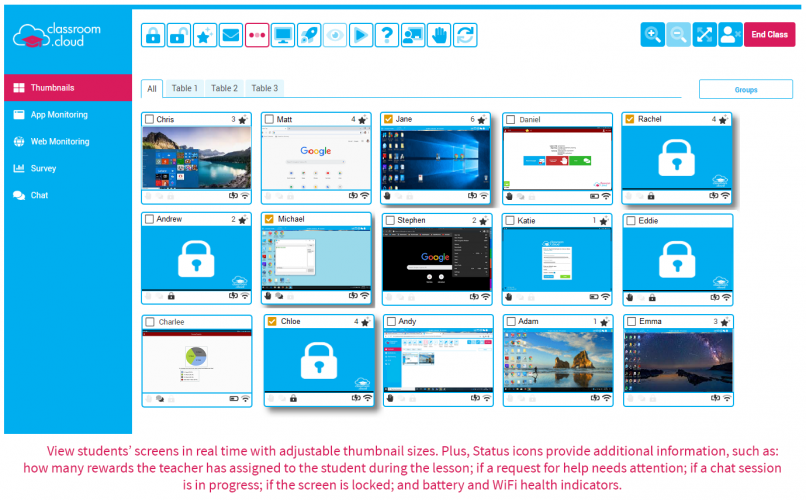
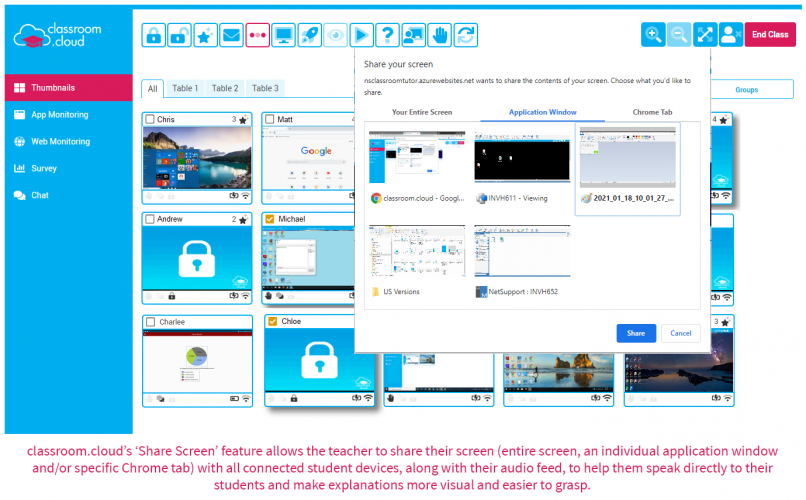
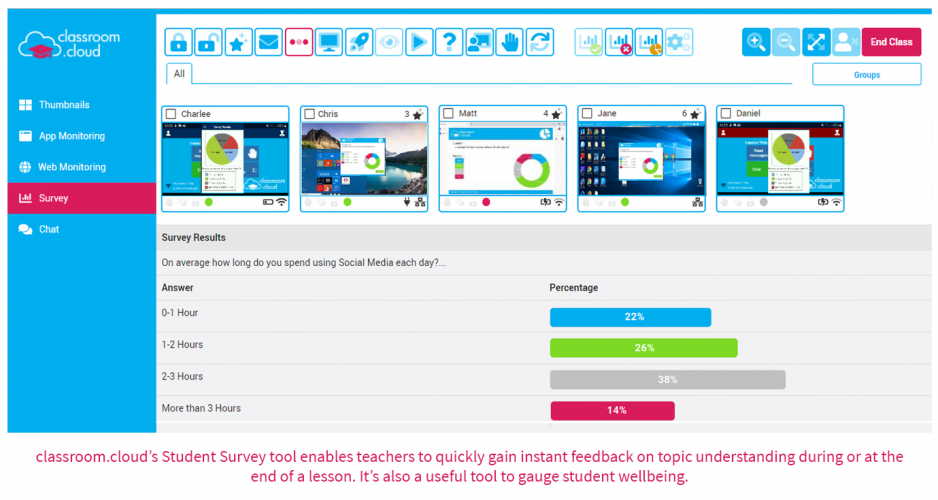

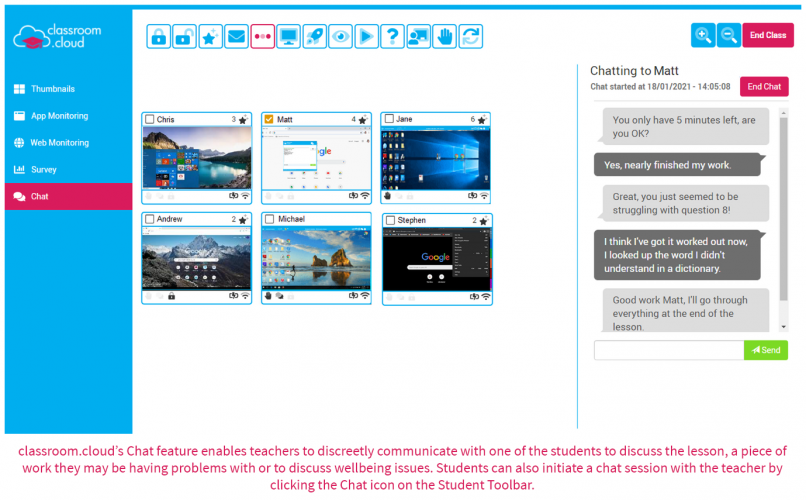
User reviews for classroom.cloud
You need to log in to post a review.